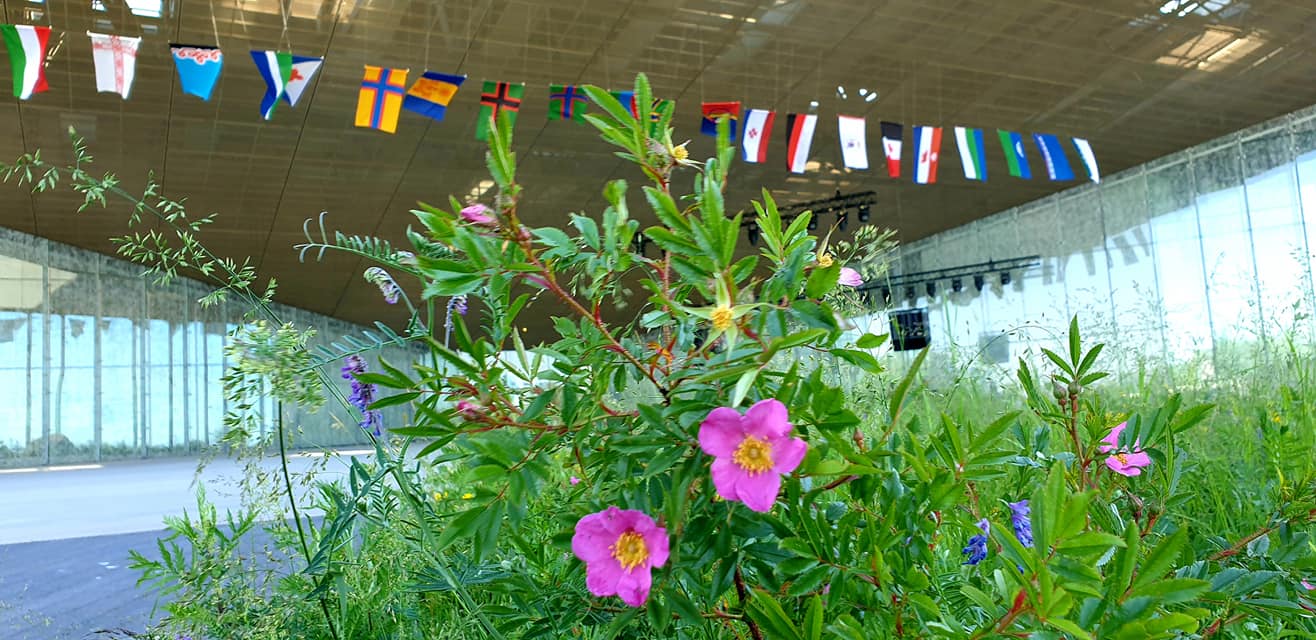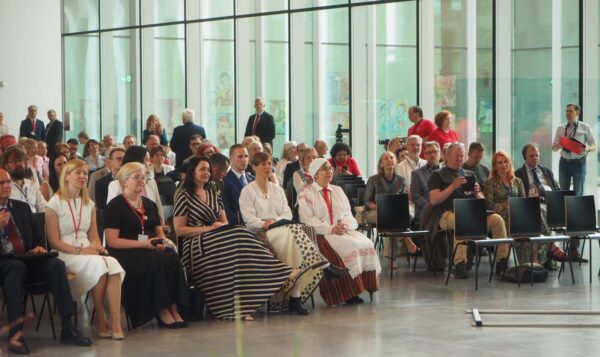
Representative Bodies
The representative body of Finno-Ugric peoples is the World Congress of Finno-Ugric Peoples which has been held every four years since 1992. Through its permanent executive body, the Consultative Committee, the Congress has been represented in the working meetings on indigenous peoples at the United Nations Human Rights Committee.
The purpose of the Congress is to preserve and develop Finno-Ugric peoples and their culture as part of humanity’s global heritage. These days a further development of relations between Finno-Ugric peoples is hampered by political tensions between the Russian Federation and the European Union.
Perhaps the strongest cooperation is taking place among Finno-Ugric linguists whose Conferences of Finno-Ugric studies, held every five years, are among the most important cooperation fora of Finno-Ugric scholars. In addition, the Youth Association of Finno-Ugric Peoples (MAFUN) and the Association of Finno-Ugric Writers are actively operating. In Russia, state-supported centres for developing cultures of Finno-Ugric peoples have been established in Saransk (Republic of Mordovia) and Syktyvkar (Komi Republic).
Exchanges between larger Finno-Ugric peoples began in the middle of the 19th century and mutually influenced these peoples’ culture and history. At the same time, research about and support for smaller-numbered kindred peoples was initiated. Especially the period between the world wars witnessed active exchanges between kindred peoples.
This is when Liv people of Latvia, with the support of Finns, Estonians and Hungarians, restored their national identity and culture. Likewise, Finno-Ugric peoples of Russia were able to assert their national identity thanks to the knowledge of their kindredness with Estonians, Finns and Hungarians. In Estonia, the University of Tartu developed in the second half of the 20th century into a centre where a many representatives of smaller-numbered kindred peoples received an education that supported their Finno-Ugric identity and worldviews.


